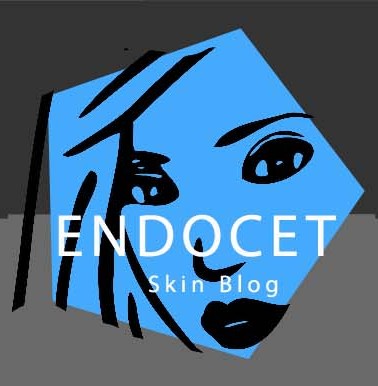Uncategorized
now browsing by category
The Dangers of Tanning
According to the new guidelines put forward by the National Institute for Health and Care Excellence (NICE), there is no safe way to tan, no matter what other sources have led you believe. Many sources have stated that sun exposure in moderation can be beneficial for the skin and health, but exposing your skin to the sun in the middle of the day, when the UV exposure is calculated to be at the apex, can increase the danger of causing non-melanoma and melanoma skin cancers, premature skin ageing and sunburns. In addition to that, prolonged sun exposure can also cause the skin to exhibit other skin diseases.
Certain age groups, especially babies and children, are at increased risk of suffering from these conditions, and people who work for extend periods outside or have light-coloured skin can also be at a risk of skin cancer. The NICE guidelines recognise the evidence that sunscreen application is not popular in the UK and people in UK don’t generally or regularly apply sunscreen, even when they go outside. The authority suggest that, in light of new evidence, it is time to ditch the old habits and embrace sun protection to protect themselves from skin cancer, especially if they have family history of it.
According to scientific evidence, 90% of melanoma is caused by UV exposure, and this includes UV exposure from natural source and the unnatural sources, such as tanning beds. Previously, the World Health Organization’s International Agency for Research on Cancer (IARC) recognised tanning beds and tanning lamps as high-risk objects that cause cancer and demarcate them into the same carcinogen hazardous substances such as specific kinds of radium and plutonium. Several media sources have provided misleading information to the public by stating that Vitamin D is necessary for optimal health conditions and that its deficiency can be replenished by using tanning beds.
The majority of these tanning beds emit UVA radiation, which is counter-productive to the production of vitamin D in the body. The body actually needs UVB radiations to naturally produce vitamin D and its production can be maximized by increasing food intake that have vitamin D or by taking supplements. If you are worried about having a vitamin D deficiency, consulting a doctor or your physicians is a straightforward way to deal with it. As opposed to popular media advice, tanning is not safe and can cause several skin problems. In fact, one blistering skin burn can develop into melanoma later in life.
Tanning is generally damaging to the skin cells. Research indicates that the cumulative damage to the skin cells caused by prolonged exposure to the sun can cause wrinkles, premature aging, age spots and skin cancer. It is so dangerous that several countries, including Brazil, have banned tanning. Another trend, which prevails in beauty circles, is to get a base tan before leaving on a vacation. According to research, this will not help protect you from sunburns and will provide minimal or no sun protection, equal to SPF 3.
According to the NICE guidelines, people should regularly apply sunscreen, at least SPF 15, between the months of March and October and purchase brands that have the lettering of UAV on their packaging to protect their skins from wide spectrum UV rays. The guidelines also suggest that most people consider the risk of skin cancer from UV exposure to be a myth. However, new evidence suggests that it is simply not true and tanning poses a danger to your health. The authority pointed out that tanning of any kind, and not just exposing your skin to the sun, can result in increased risk of skin cancer. Sun beds can cause even more damage to the skin than UV light exposure.
In addition to that, NICE also recognised the fact that 1 in 5 people in the UK have a vitamin D deficiency and need assistance from external sources to replenish their calcium and phosphorus reserves. Due to this deficiency, they have a problem absorbing nutrients from the food that they eat. Vitamin D deficiency can lead to weak bones, tooth decay, rickets in children and osteomalacia in adults. This deficiency can be easily avoided by spending no more than 10 to 15 minutes in natural sunlight with uncovered arms and legs. However, NICE still urges the individuals to put on at least 8 tablespoons of sunscreen before going out into the sun.

 D5 Creation
D5 Creation